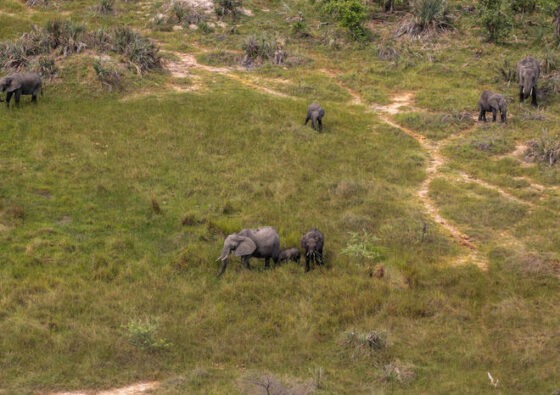How healthy is the Upper Rio Grande?
Published by the World Wildlife Fund Water overuse, infrastructure, changes in the amount of rainfall, increased temperatures, and the climate crisis are decreasing the amount of water that has historically flowed in the Rio Grande. Read the full article at: https://www.worldwildlife.org/stories/how-healthy-is-the-upper-rio-grande




















